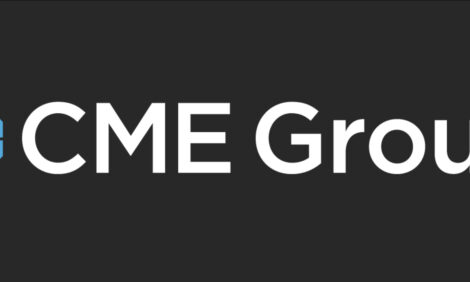



Cattle industry adjusts to higher feed costs: Who are the losers?
US - The era of cheap feed is probably over for years to come. Over the past eight crop years from 1998 to 2005, U.S. corn prices averaged just $2.05 per bushel.In addition, there are lots of cattle in feedlots. The October 1, 2006 inventory is the largest since the current records began in 1996. Feedlot managers placed large numbers of calves this summer and early fall, and paid high prices for the privilege of ownership. Now, feed prices have moved much higher, raising costs of production and breakeven levels.
How will the cattle feeding industry respond to much higher feed prices? The latest USDA Cattle on Feed report gives just a few clues. Placements were down five percent indicating less willingness to put cattle in the feedlot with such an uncertain feed price situation. Younger cattle were the preference for placements in September with calves under 600 pounds up 28 percent, while placements of cattle over 600 pounds were down 16 percent.
In reality, however, the October Cattle on Feed report is still not current enough to reflect the direction of feedlots yet. It is for the month of September and much of the corn price increase came in October. For example, December corn futures traded in a range from about $2.37 per bushel to $2.50 per bushel from September 1 to September 20. Even by the end of September, December futures had reached only $2.625. For the majority of September, feedlot managers were still hoping for harvest lows. The more dramatic corn price action came in October, when December corn futures reached their high of $3.245 on October 17. The impact on the cattle industry can be seen more completely by looking at the impacts on cattle prices from mid-September to the current time period.
Over the last month, finished cattle prices have dipped about $2.00 per hundredweight. Most of that decline was due to forces other than the higher feed prices, however. Where the impact of higher feed prices is most pronounced is on feeder cattle and calf prices. November feeder cattle futures, as an example, dropped $10.87 per hundredweight from mid-September through October 20. Cash prices for 500-550 pound steer calves at Oklahoma City dropped by $10.59 per hundred. So, the initial surge of higher feed prices is being felt most heavily by two industry sectors. The first is feedlot managers who paid high prices for calves and did not have their needed feed input costs hedged. The second and biggest losers from much higher feed prices so far are the cow-calf operations and some backgrounders. The cow-calf segment is particularly hard hit as lower calf prices can be expected as long as feed prices stay high, or until distillers’ grain use can help moderate overall feeding costs.
How big is this impact? It can be large. As a simple example, assume that higher feed prices lowered calf-prices by $10 per hundredweight on each 500 pound calf for one year. This is $50 per head multiplied by the 37.9 million head national calf crop or $1.9 billion that moves from cow-calf producers to crop producers primarily as a result of the growth in ethanol production. It’s too early to understand all of the impacts and to make accurate projections, but the reality of higher feed prices has arrived, and the cattle industry must make major adjustments.
One of those adjustments is in utilizing the distillers’ grains in rations. Much has been learned already, but inclusion rates probably will have to move even higher. As feed prices move higher, market weights will likely drop. Generally in periods of higher feed prices the cattle feeding industry shifts to much higher placement weights. That is likely in coming months. Also, fewer cattle tend to go into feedlots, and on-feed numbers drop. This means there may be large excess capacity in feedlots for several years to come.
Finally, the risk associated with feed ingredient prices has increased. This means that not only will feed prices be higher and maybe much higher in coming years, but the volatility of feed ingredient prices will likely be much greater as well.
TheBeefSite.com News Desk


